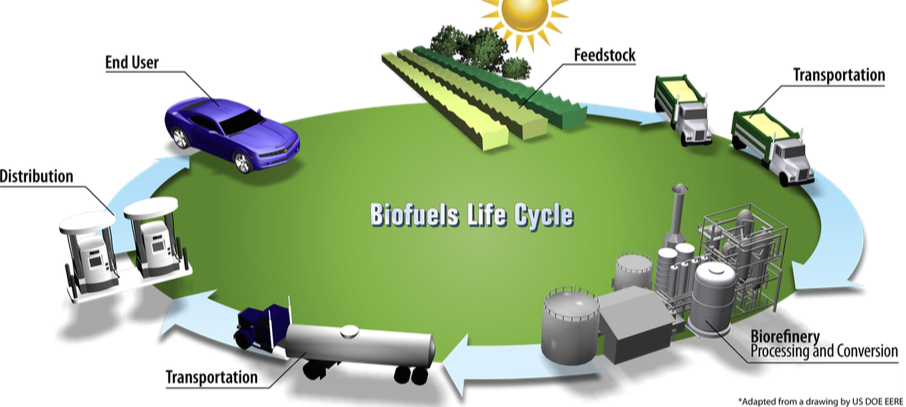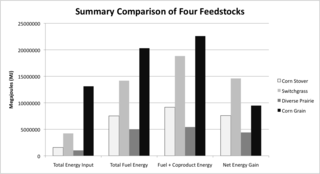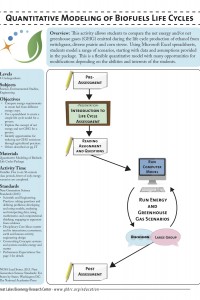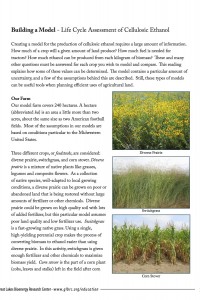Quantitative Modeling of Biofuels Life Cycles
High School
Undergraduate
Stand-Alone Activity

This activity allows students to compare the net energy and/or net greenhouse gases (GHG) emitted during the life cycle production of ethanol from switchgrass, diverse prairie and corn stover. Using Microsoft Excel spreadsheets, students model a range of scenarios, starting with data and assumptions provided in the package. This is a flexible quantitative model with many opportunities for modifications depending on the abilities and interests of the students.

Preview Instructor Guide
Download Full Package
Subjects
Engineering
Environmental Science
Topics
Carbon Cycle & Climate Change
Sustainable Energy Systems
Concepts/Skills
Sustainability, life cycle analysis, greenhouse gases, systems modeling, forms of energy, net energy, carbon cycle, climate change, data analysis, scientific argumentation, photosynthesis, respiration, combustion, fermentation
Prior Knowledge
Knowledge of basic forms or energy, energy transfer in biological and designed systems, carbon cycle, energy units (especially joule (J), kilojoule (kJ), megajoule (mJ)), etc. Familiarity with area units, especially hectares (ha), familiarity with alternative fuels and role of greenhouse gas emissions in climate change
Time Required
Variable: Five to six 50-minute class periods, fewer if only energy scenarios are completed
Required Supplies
Computers with spreadsheet software such as Excel (you can also upload to Google Docs and use their spreadsheet application). Students can work in teams so fewer computers are needed.

